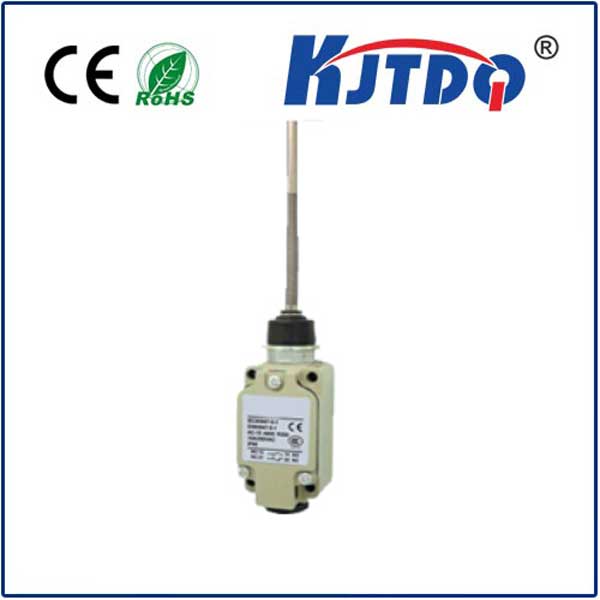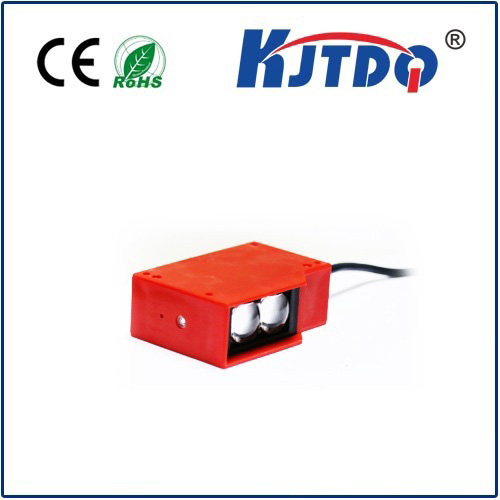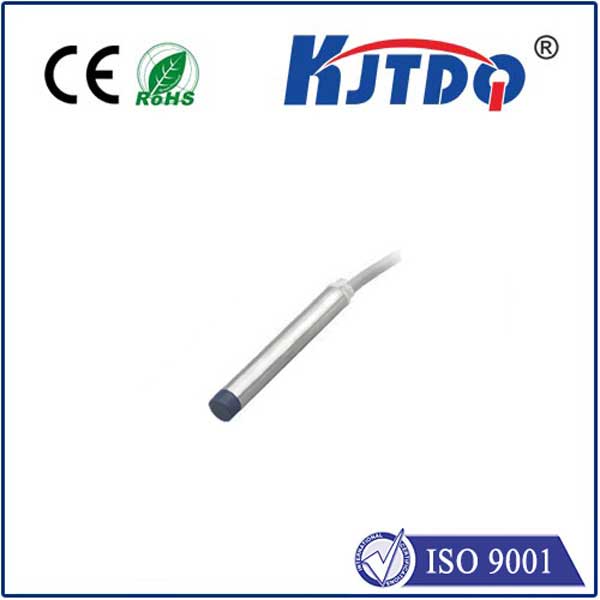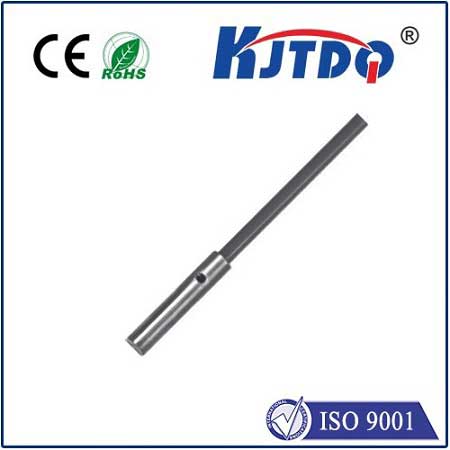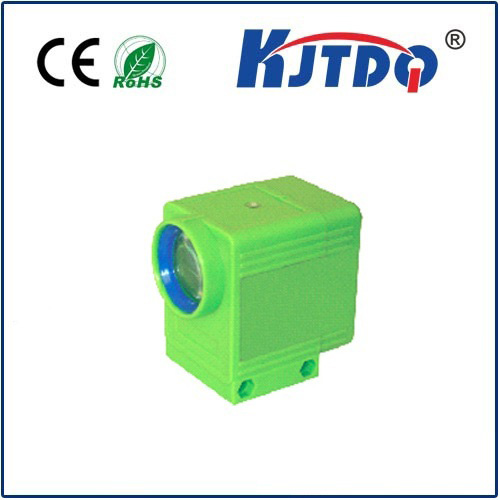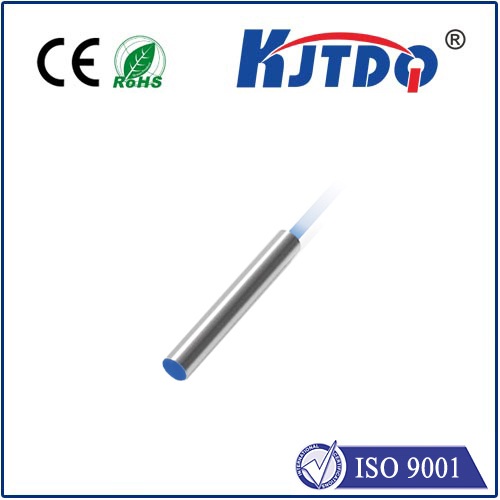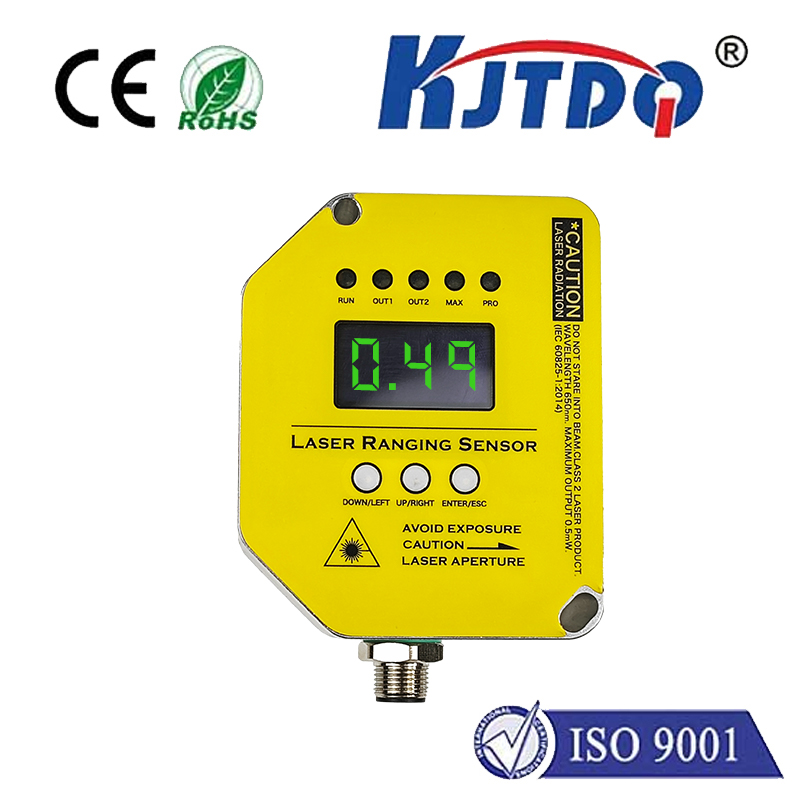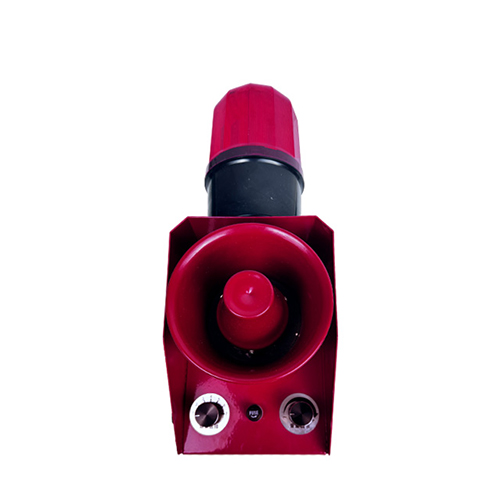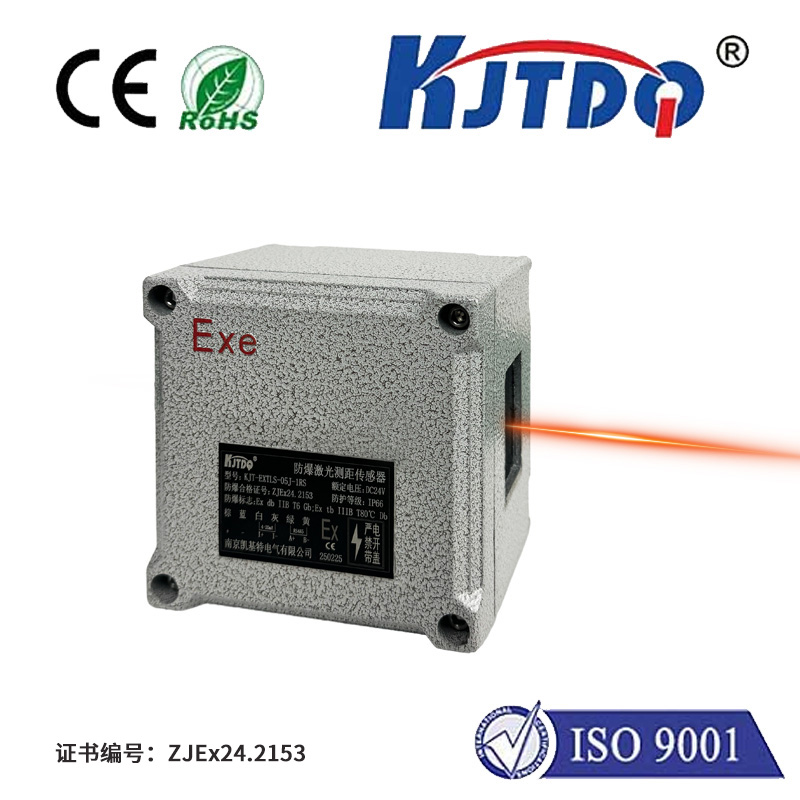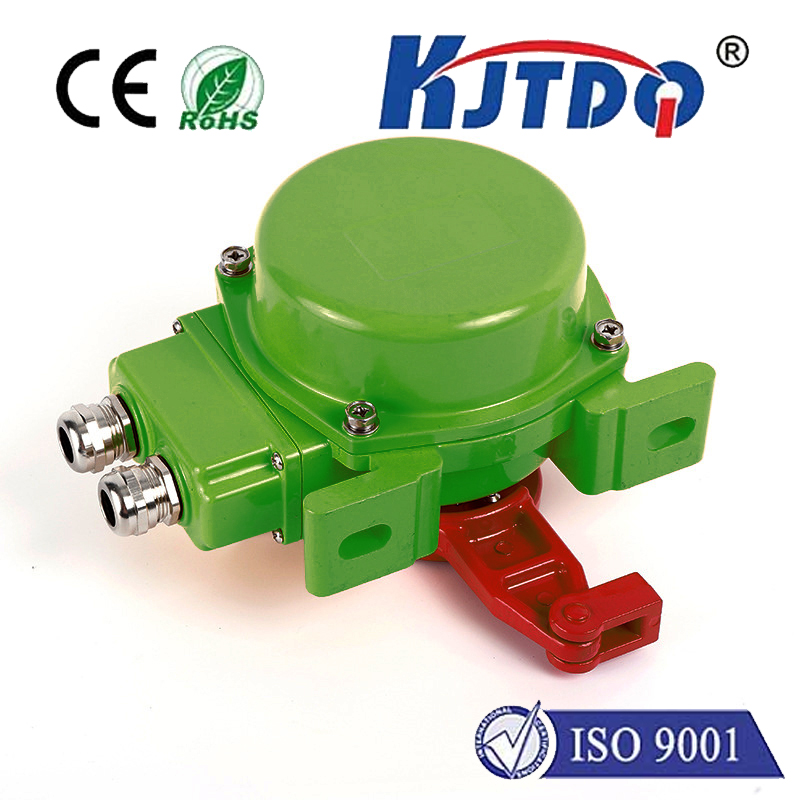digital temperature meter
- time:2025-08-20 01:48:38
- Нажмите:0
Digital Temperature Meters: The Precision Powerhouse Transforming Temperature Measurement
Digital Temperature Meter: Your Essential Tool for Accurate, Real-World Readings
Gone are the days of squinting at tiny lines on a mercury column or guessing the heat radiating from an engine block. In our data-driven world, where precision is paramount and efficiency is king, the digital temperature meter has emerged as an indispensable tool across countless industries and even our homes. Whether you’re a chef perfecting a sauce, an HVAC technician troubleshooting a system, a scientist conducting critical research, or a homeowner ensuring your fridge is safe, the instantaneous, precise feedback offered by these devices empowers smarter decisions and ensures optimal outcomes. This versatile instrument has fundamentally changed how we interact with and understand temperature, bringing laboratory-grade accuracy to the palm of your hand.
The Core Advantages: Why Digital Reigns Supreme
The shift from traditional analog thermometers to digital temperature meters isn’t just about modernity; it’s about unlocking significant practical benefits:

- Superior Accuracy and Precision: Modern digital sensors, like thermocouples (K-type, J-type), RTDs (Resistance Temperature Detectors), and thermistors, translate minute temperature changes into highly accurate electrical signals. Paired with advanced microprocessors, digital meters offer resolutions down to 0.1°C or 0.1°F and accuracies often surpassing ±1%, far exceeding most dial thermometers. This level of precision is non-negotiable in critical applications like pharmaceuticals or food safety.
- Instantaneous Readings & Speed: No more waiting for sluggish mercury to crawl up a tube. Digital meters provide real-time temperature readings, updating multiple times per second. This speed is crucial for fast-moving processes (e.g., monitoring engine components during operation, checking food temperatures during high-volume service) and for pinpointing transient temperature spikes or drops.
- Enhanced Functionality and Features: Digital platforms unlock a suite of powerful features:
- Data Logging: Record temperature over time (minutes, hours, days) to identify trends, verify process stability, or comply with regulations.
- Min/Max/Average Tracking: Instantly see the highest, lowest, and average temperatures recorded during a session.
- Display Hold: Freeze a reading on the screen for easy viewing in awkward or hard-to-reach locations.
- Alarms: Set audible or visual alarms for when temperatures exceed preset safe thresholds.
- Unit Conversion: Easily switch between Celsius (°C) and Fahrenheit (°F) with a button press.
- Backlit Displays: Read measurements clearly in dark environments.
- Durability and Versatility: Designed for real-world use, many digital temp meters feature rugged casings, intuitive interfaces, and are rated for dust and water resistance (common IP ratings like IP65 or IP67). Crucially, interchangeable probes allow one meter to handle diverse tasks:
- Penetration Probes: For food, liquids, soil.
- Surface Probes: For pipes, machinery, countertops.
- Air Probes/Ambient Sensors: For room temperature, oven checks, HVAC ducts.
- Specialized Probes: High-temperature probes for furnaces, Hypodermic probes for medical use, etc.
Where Precision Matters: Key Applications
The reach of the digital temperature meter extends far and wide:
- Food Industry & Safety (HACCP Compliance): Essential for ensuring foods are cooked to safe internal temperatures, holding at correct temps, and storing chilled/frozen goods properly. Prevents foodborne illness and ensures quality.
- HVAC/R (Heating, Ventilation, Air Conditioning & Refrigeration): Technicians rely on them daily for diagnosing system performance, checking refrigerant lines, measuring airflow temps, and balancing systems for efficiency.
- Automotive & Industrial Maintenance: Diagnosing engine overheating, checking coolant systems, monitoring bearing temperatures, ensuring machinery operates within safe thermal limits to prevent costly failures.
- Scientific Research & Laboratories: Precise temperature control and measurement are fundamental in chemistry, biology, material science, and environmental monitoring. Data logging is critical.
- Home & DIY: Checking refrigerator/freezer temps, home brewing, cooking, monitoring aquarium water, detecting potential electrical hot spots, home energy audits.
- Здравоохранение: While clinical diagnosis requires specialized medical devices, digital thermometers are used for environmental monitoring (sterile storage, incubation rooms) and certain non-critical patient care aspects.
- Agriculture & Gardening: Monitoring soil temperature for planting, greenhouse environments, compost piles, livestock areas.
Choosing the Right Digital Temperature Meter: Key Considerations
Not all meters are created equal. Selecting the right one depends on your specific needs. Here’s what to evaluate:
- Temperature Range: What is the lowest and highest temperature you need to measure? Industrial applications often require much higher ranges than culinary uses.
- Accuracy and Resolution: How precise do your measurements need to be? Higher accuracy/resolution usually comes at a higher cost. Consider the tolerance required for your task.
- Probe Type: This is critical. Match the probe to the application (penetration, surface, air, high-temp, immersion). Ensure the probe connection type is compatible with your chosen meter. K-type thermocouples are common and versatile, but specialized sensors like RTDs offer higher accuracy and stability for critical tasks.
- Response Time: How quickly does the probe need to react to temperature changes? Needle-thin probes react faster than thicker ones. Crucial for dynamic measurements.
- Durability and Environmental Ratings: Will it be exposed to moisture, dust, or impacts? Look for appropriate IP (Ingress Protection) ratings.
- Required Features: Do you need data logging, min/max/avg, alarms, backlight, hold function? Prioritize features that add real value to your workflow.
- Calibration and Certificates: For critical applications (pharma, labs), ensuring the meter is calibrated and traceable to a recognized standard is essential. Look for models that support easy calibration.
- Battery Life and Display: Consider battery type and expected lifespan. Ensure the display is clear and adequately sized for your needs.
The Future of Temperature Measurement: Connectivity and Intelligence
The evolution of the digital temperature meter continues. We are seeing increasing integration of Bluetooth and Wi-Fi connectivity, allowing meters to wirelessly transmit data to smartphones, tablets, or cloud platforms. This enables remote monitoring, real-time alerts, enhanced data visualization, and easier compliance reporting. The convergence of precise sensing with IoT (Internet of Things) capability promises even greater efficiency, predictive maintenance, and smarter process control across numerous fields. Smart temperature monitoring systems are becoming the new standard.
Embracing the Digital Advantage
From ensuring the safety of our meals to optimizing complex industrial processes, the humble digital temperature meter has proven itself to be far more than just a replacement for old glass thermometers. Its combination of accuracy, speed, versatility, and advanced features makes it a fundamental tool for professionals and consumers alike. By understanding your specific requirements and selecting a meter with the right specifications – particularly the crucial probe type and sensor technology (thermocouple, RTD, thermistor) – you gain the power to measure temperature with unprecedented confidence and control. In an era defined by data and precision, mastering temperature with a reliable digital thermometer is no longer optional; it’s essential.

